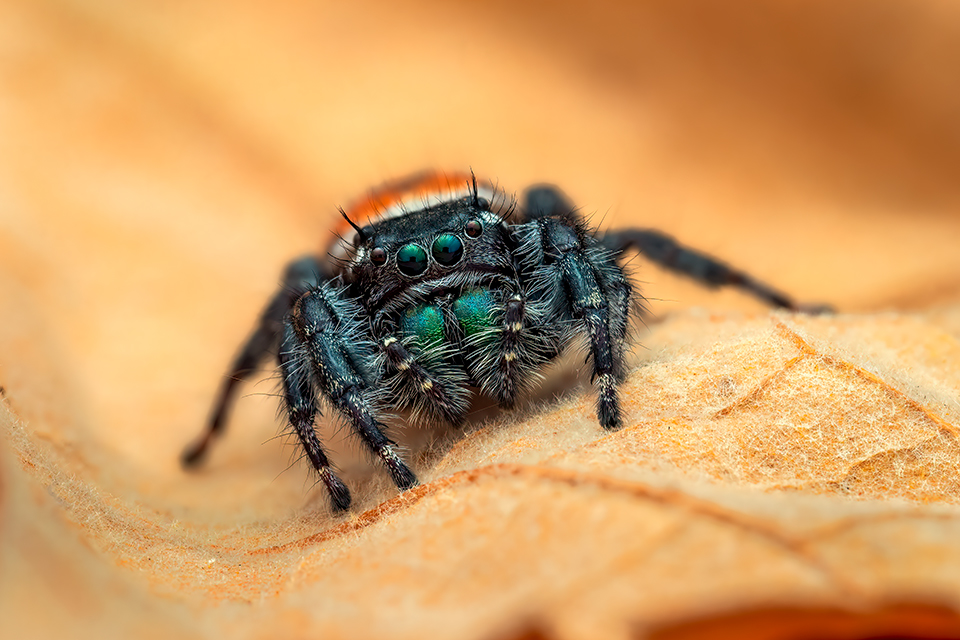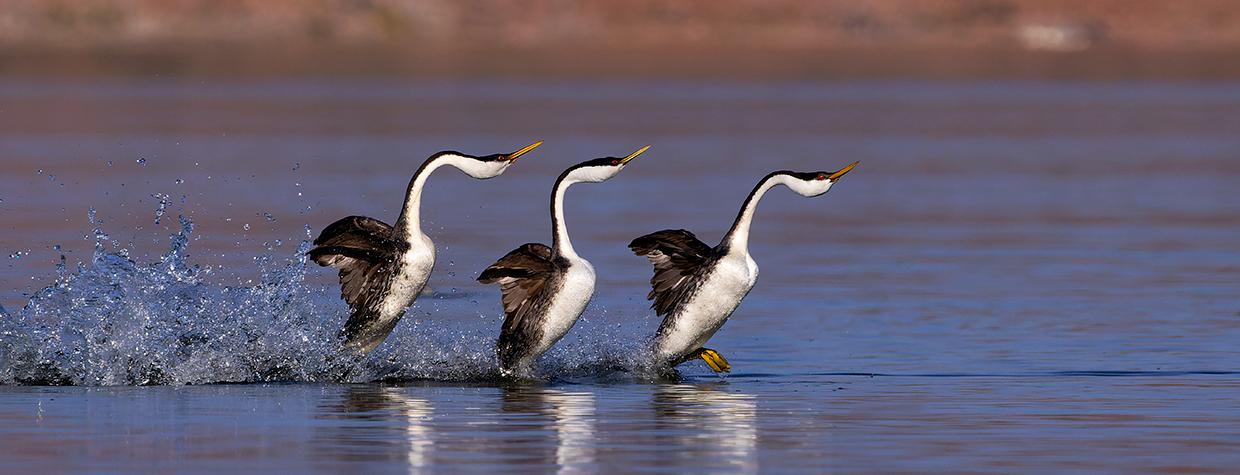JK: You teach a lot of workshops, and you surely get asked about which cameras to buy. What’s your advice?
BDT: It really depends on what you’re hoping to photograph and what you want your end product to be. If you’re shooting photos of the kids and the dog and putting them on social media for friends and family to see, you don’t need a high-end camera, but some people have bigger ambitions. Once you figure out what you want to shoot, you can narrow down your camera choices based on the camera functions you’re going to use.
JK: As a wildlife photographer, you shoot many different species. How does that diversity affect your camera choice?
BDT: When I’m photographing birds in flight, for example, I typically use my Canon EOS R5, which is a mirrorless camera with a full frame sensor. It also has an electronic shutter, which lets me shoot a lot of frames quickly, and an incredible ability to auto-focus and track moving subjects. I couldn’t possibly do that with my other cameras. But last night, I was photographing screechowls at their nest. In that context, I don’t even care about frames per second, because I’m shooting one shot with manual focus. For that shoot, I used my Canon EOS 5D Mark IV, which has a good dynamic range and a full frame sensor to capture the details on the owls.

JK: You also shoot a lot of insects and arachnids. What do you use for that?
BDT: Native bees are among my favorite subjects. For those, I use my Fujifilm X-S10 and an 80 mm macro lens, allowing me to be 8 to 10 inches away from the bees while photographing them. It also shoots high-definition video at 240 frames per second, so I can lay the camera on the ground, acquire focus and start recording. And it has a follow focus feature, which keeps the bees in focus if they move a little bit. On the other hand, my Olympus camera is great for photographing jumping spiders. It will focus-stack at 12 frames per second, so if I get that spider to sit still for a half-second, I can get six images and get all of the spider in focus.
JK: So, it’s about having the right camera for the right subject.
BDT: That’s right. If you’re just coming into photography, think about what you want to accomplish, then do some research and find a camera that will give you the most bang for your buck. Your camera should never define your abilities; rather, you should choose your camera based on the kinds of photos you want to make.
Do you have a question about photography? Email it to [email protected], and our photo editor, Jeff Kida, will try to answer it in a future issue.

